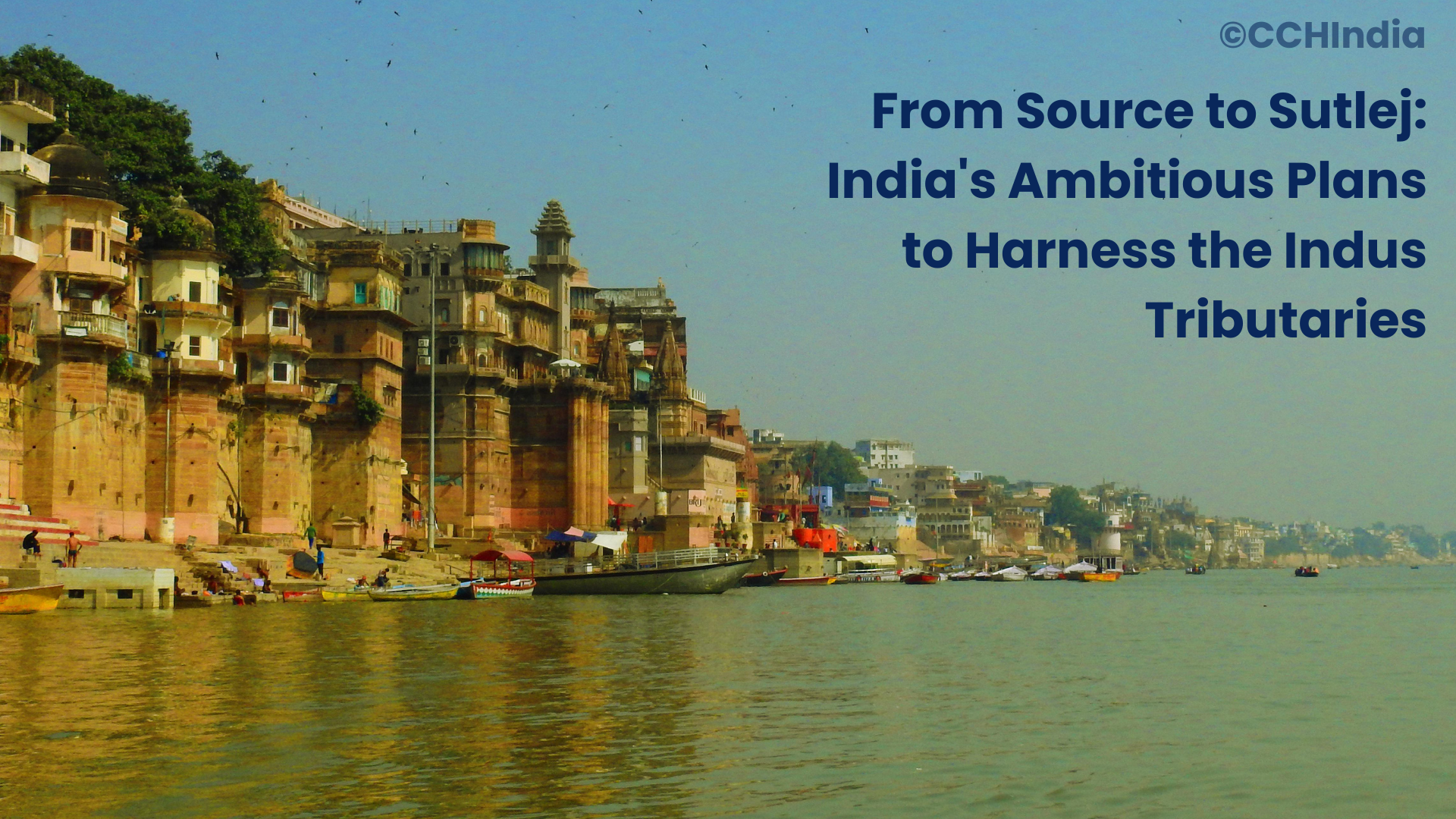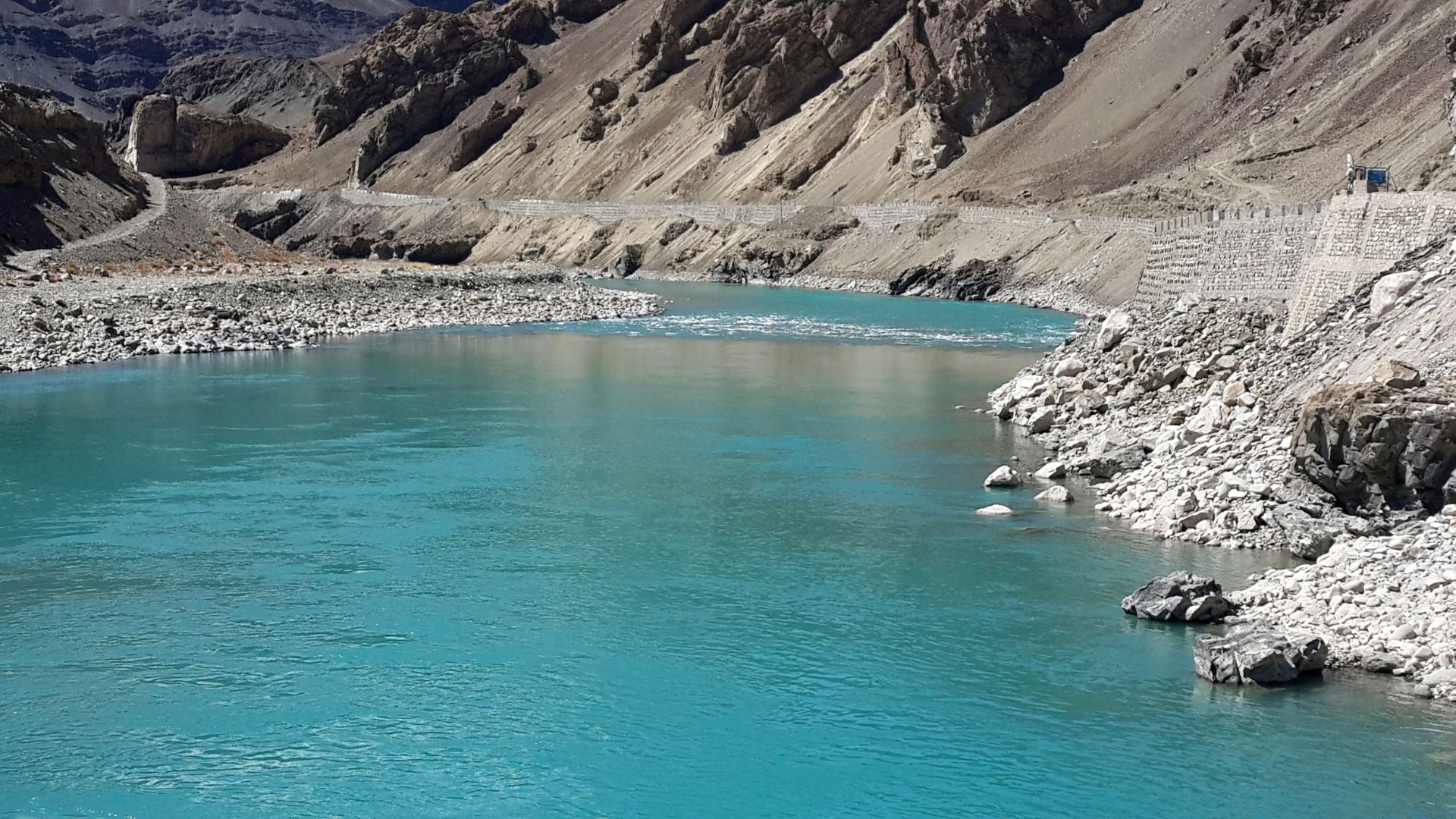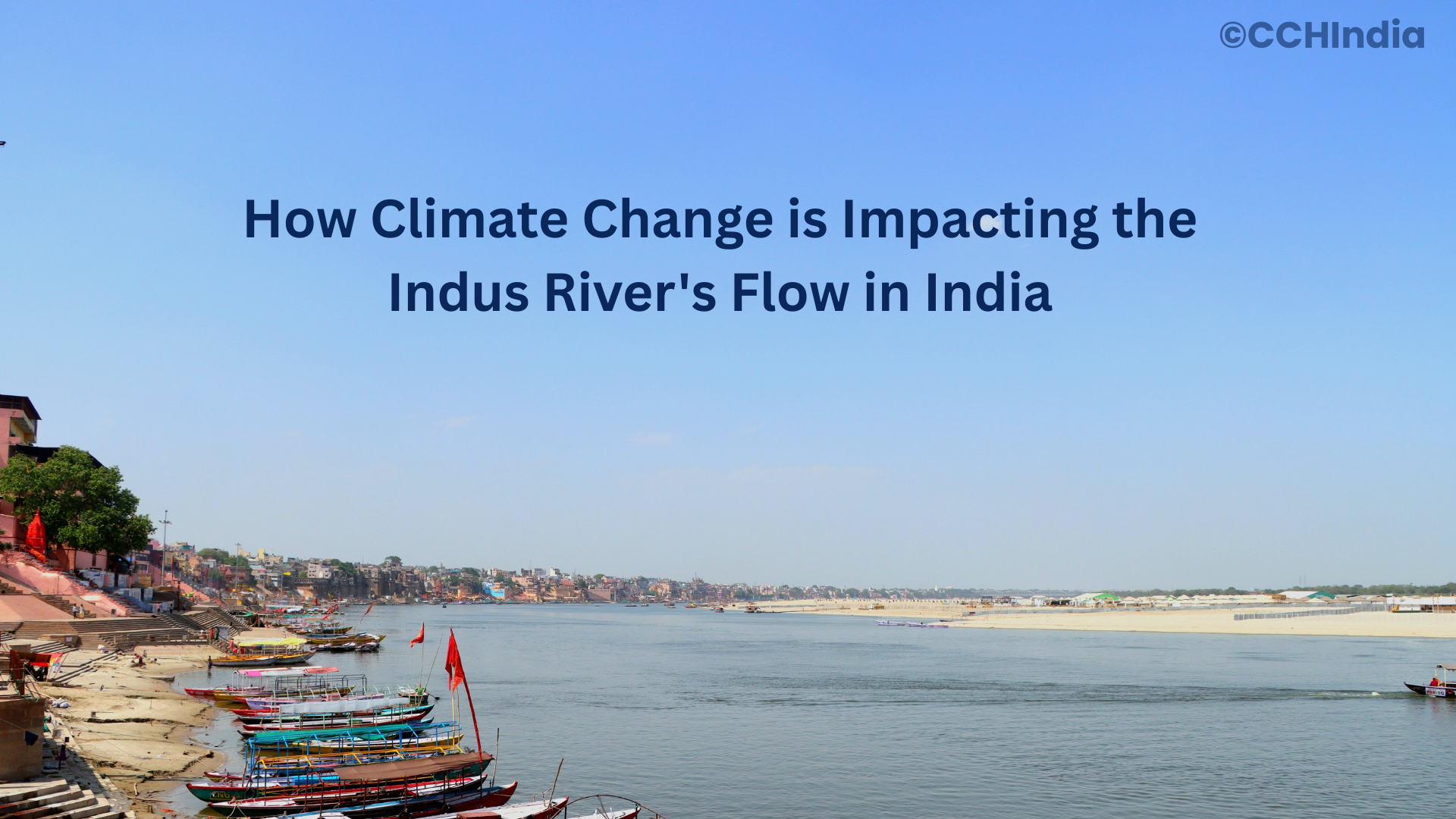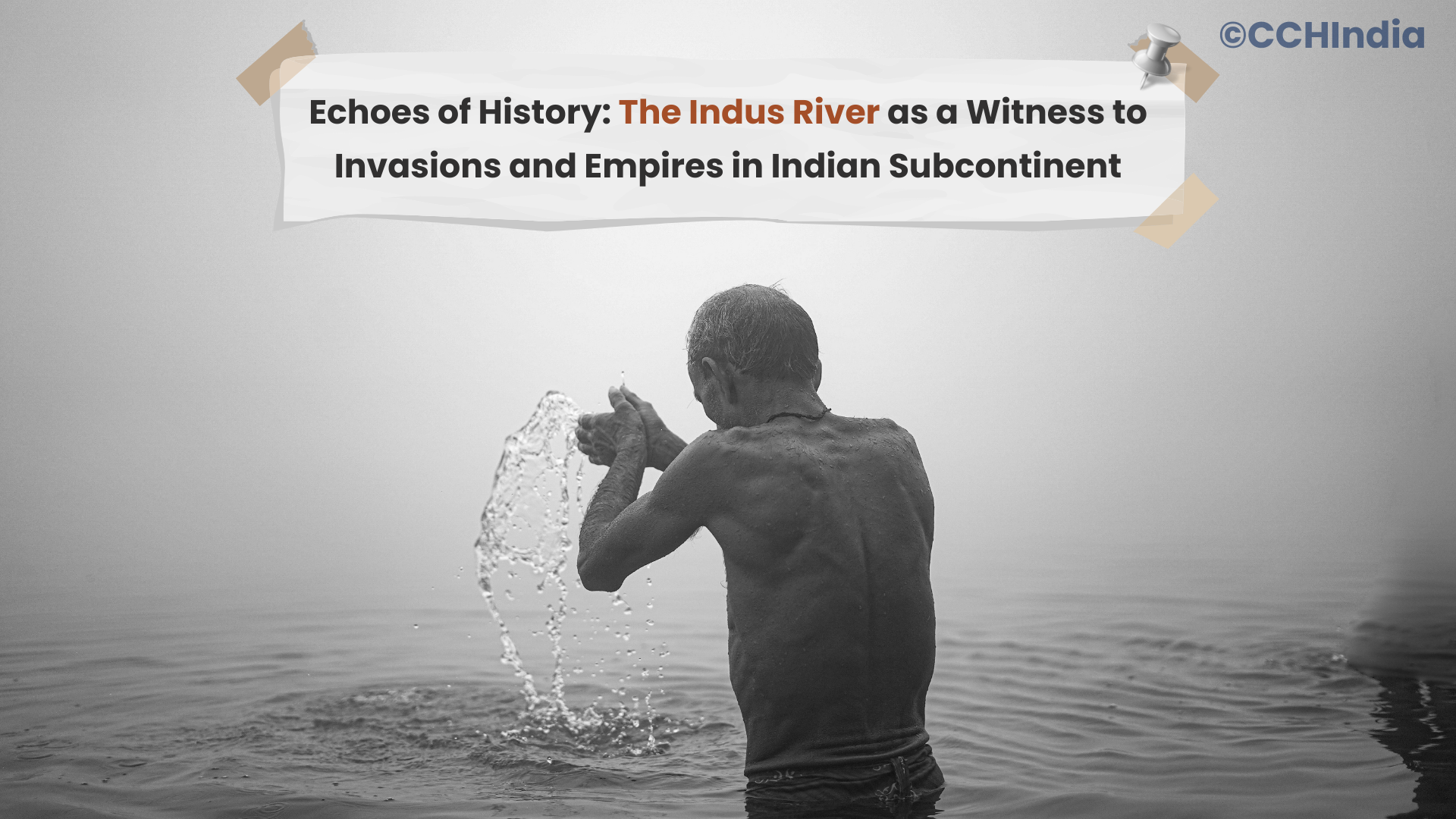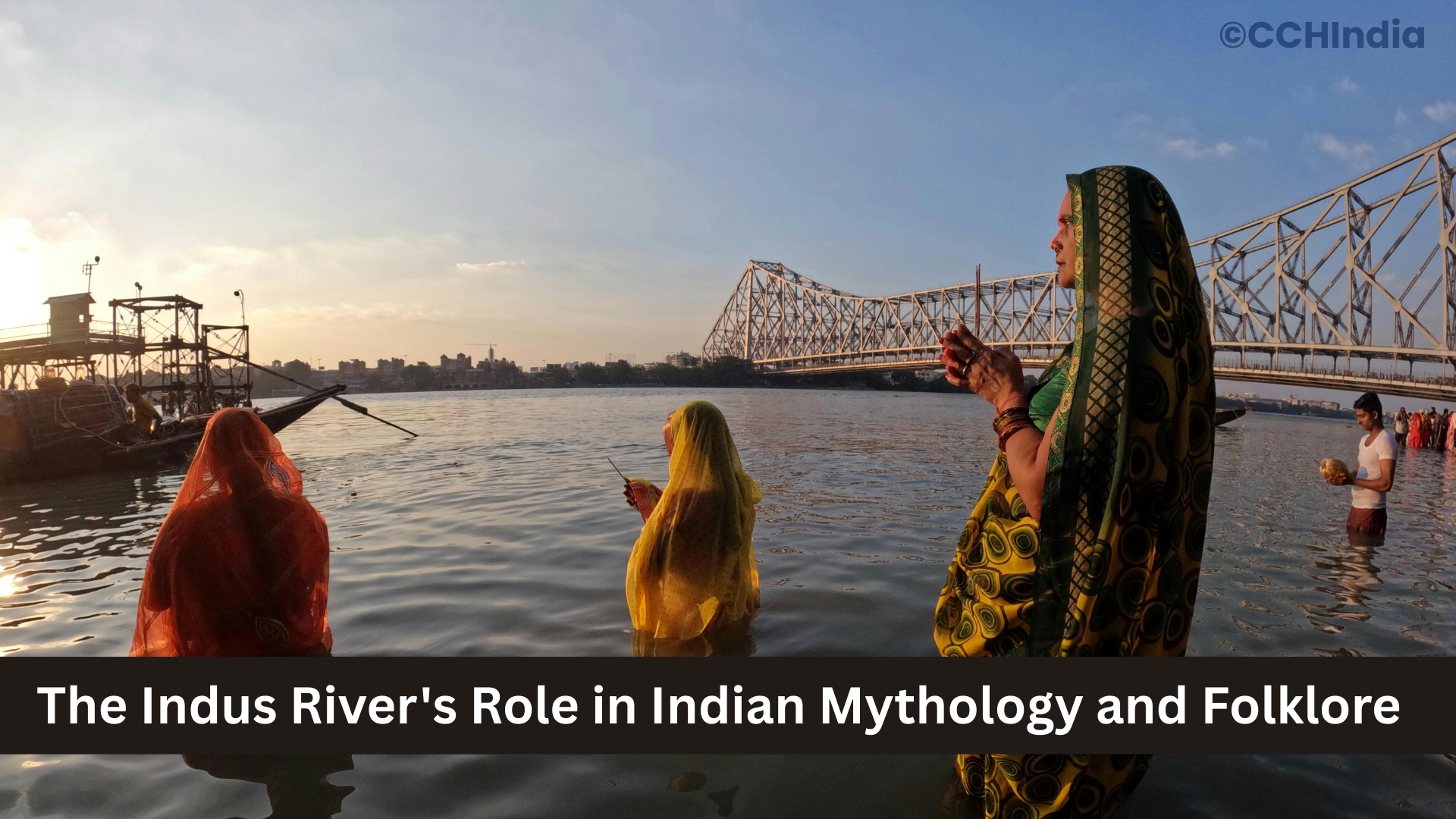Ravi and Beas: Wasted Flows, Lost Chances
Every winter, I drive past Punjab fields and can’t help but notice canals that look tired. Water either doesn’t reach where it should, or just slips across the border into Pakistan. That stings. Because on one hand, farmers here complain about groundwater going dry. On the other hand, billions of cubic meters of river water just… gone.
It almost feels like that classic Indian problem: we invent the dam project, cut the ribbon, and then let it drag for decades. Shahpur Kandi, Ujh multipurpose project — ring a bell? They’ve been “under construction” longer than I’ve been alive.
Sutlej: The Heavy Lifter
Now, the Sutlej has always been India’s workhorse. Think of Bhakra Nangal dam — it’s practically iconic. But lately, there’s this fresh buzz about channeling more of Sutlej’s potential. Hydropower, irrigation, maybe even linking canals to redistribute water better.
It sounds ambitious, and to be honest, it has to be. Climate change isn’t exactly cutting us slack. Snowmelt patterns are shifting, monsoons are playing dice, and demand is only climbing. So the Sutlej? It’s becoming the backbone of India’s eastern Indus game plan.
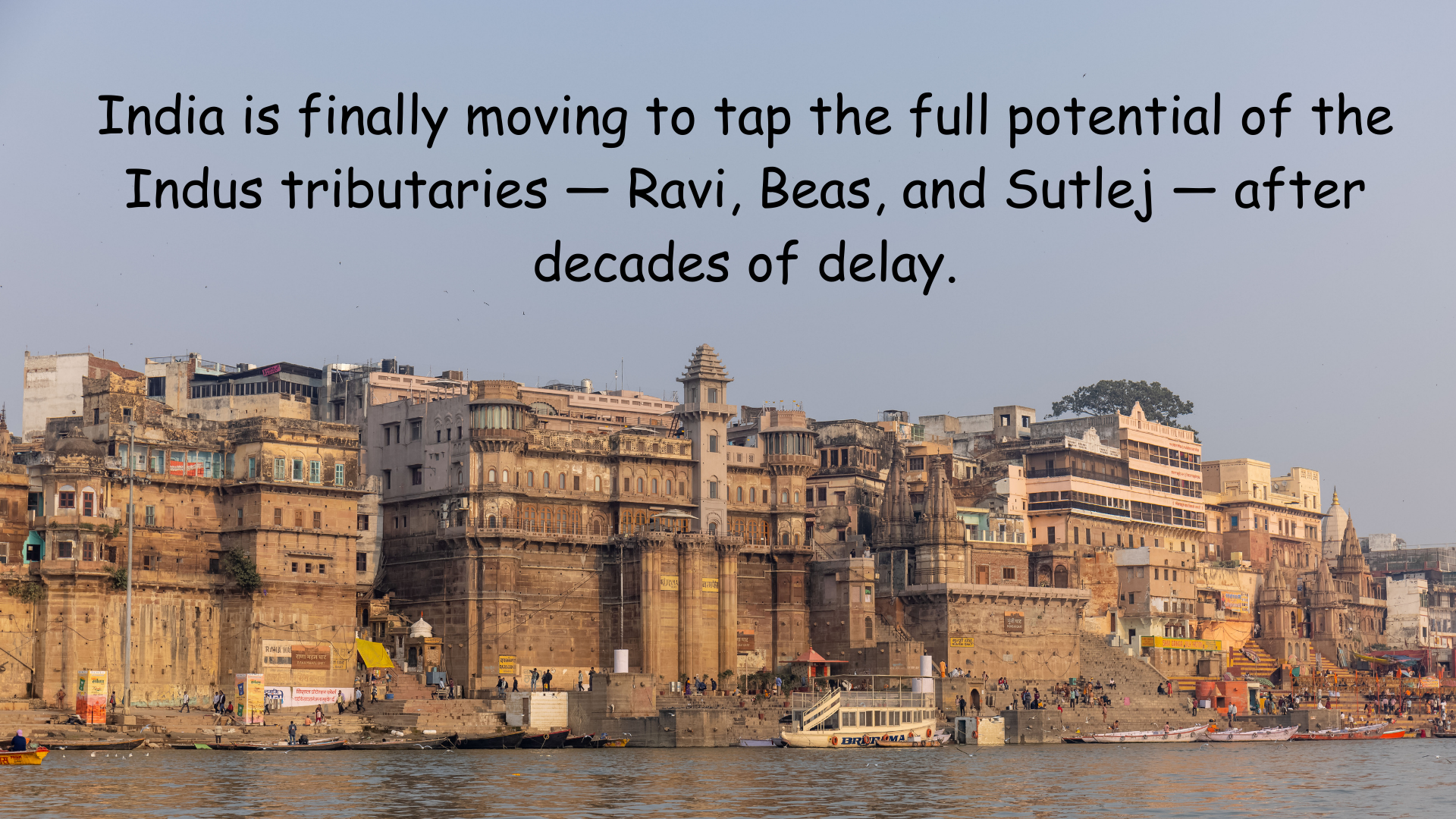
The Politics Nobody Can Ignore
Of course, you can’t talk about the Indus without bumping into Pakistan. Every drop India stores or diverts is viewed across the border like a provocation. You can almost hear the headlines before they’re written: “India weaponizing water.”
But let’s be honest — isn’t it weird that India hasn’t fully used water that legally belongs to it? Forget geopolitics for a second. Just as a citizen, it feels wrong to waste what could keep our farms alive or lights on in villages.
My Two Cents
I’m not a policymaker, just someone who grew up hearing my parents fret about dry borewells. So when I read about plans to harness the Indus tributaries “from source to Sutlej,” I feel a mix of pride and irritation. Pride, because finally someone’s dusting off those old blueprints. Irritation, because — well, why did it take us this long?
At the end of the day, water is survival. Forget treaties, forget rivalries. If we don’t manage it right now, we’ll regret it in a decade. Simple as that.


